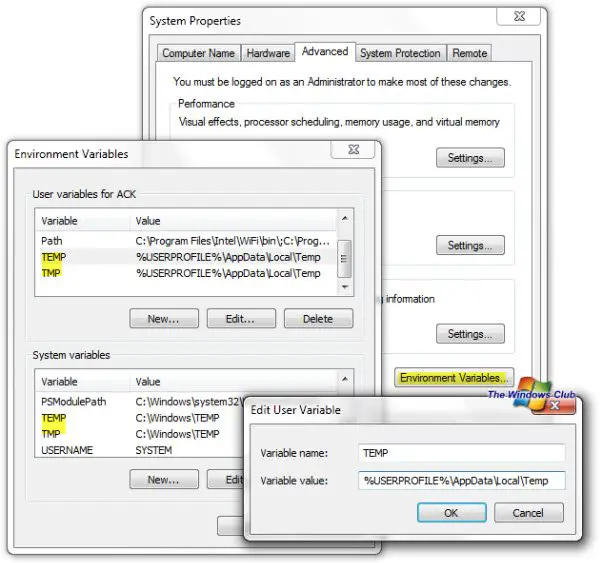
$objLabel4.Location = New-Object (20,120) $InputBox3.Location = New-Object (150,50) $InputBox2.Location = New-Object (150,80) $objLabel.Text = "Please select a Folder:" $Form.Size = New-Object (600,300) #the size in px of the window length, height $Form = New-Object #creating the form (this will be the "primary" window) net libraries (using void to suppress output) ::LoadWithPartialName("") #loading the necessary. # GUI interface for the PowerShell script Return ::Show($Message, $WindowTitle, $Buttons, $Icon) # Show message box popup and return the button clicked by the user.įunction Read-MessageBoxDialog($Message, $WindowTitle, $Buttons = ::OK, $Icon = ::None)Īdd-Type -AssemblyName $SaveFileDialog.filter = "ISO files (*.iso)| *.iso" $SaveFileDialog.initialDirectory = $initialDirectory #Prompts the user to save the ISO file, if the files does not exists it will create it otherwise overwrite without prompt

Public static void WriteIStreamToFile(object i, string fileName) $cp = New-Object Īdd-Type -CompilerParameters $cp -TypeDefinition System # taking an IStream inputStream argument. # takes an object, and casts it to an IStream, instead of directly # That is the reason why method FileUtil.WriteIStreamToFile(), below, # since PowerShell apparently cannot convert an IStream COM object to this Credit to įunction WriteIStreamToFile( $istream, $fileName)
:max_bytes(150000):strip_icc()/002_find-and-view-temporary-internet-files-in-ie-818231-b9dfdefce3d945e1a32a8856c641c57b.png)
Then, you can use the following command cdbxpcmd -burn-data -layout:mycompilation.dxp -iso:output.iso -format:iso Select File->Save to create a DXP file (which is CDBurnerXP's compilation format).

However, if you know your list of files isn't going to change (ie only the content of those files), you could try the following (untested): The command line tool doesn't appear to let you make a bootable CD directly. To generate an ISO called output.iso from the files in the input folder Of particular interest are the -iso and -format options used something like: cdbxpcmd -burn-data -folder:input -iso:output.iso -format:iso -changefiledates There is also some documentation about the command-line options. It's not really advertised on the site, but it includes a command-line edition, as cdbxpcmd.exe. I've found a significantly easier approach, and it doesn't require Cygwin: CDBurnerXP


 0 kommentar(er)
0 kommentar(er)
